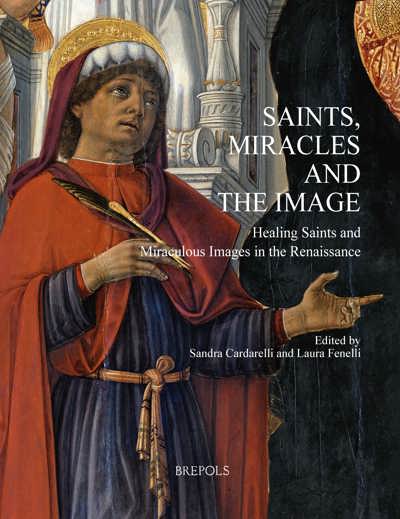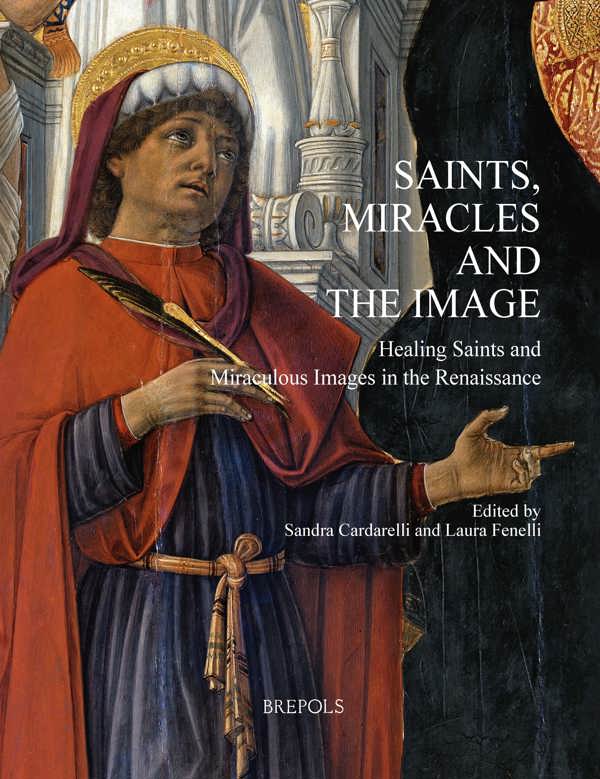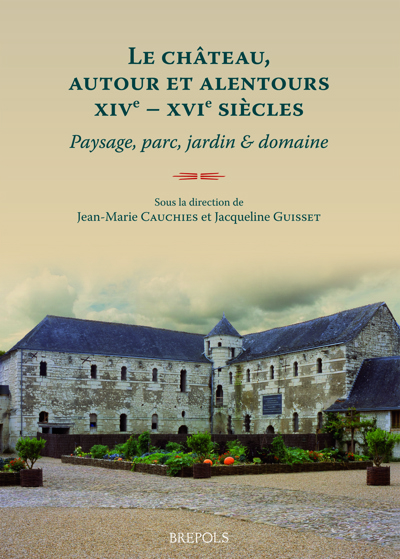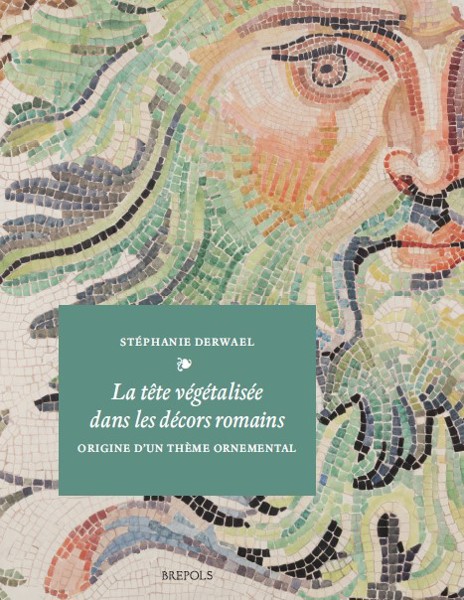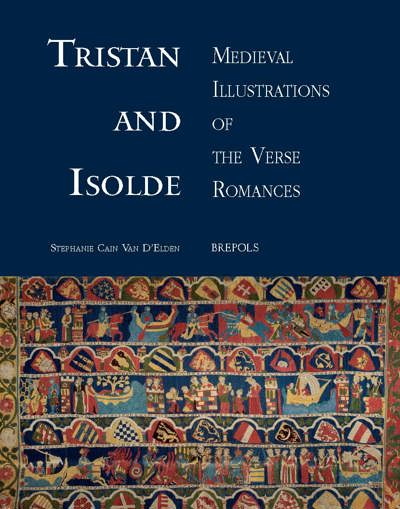
Saints, Miracles and the Image
Healing Saints and Miraculous Images in the Renaissance
Sandra Cardarelli, Laura Fenelli (eds)
- Pages: iv + 318 p.
- Size:216 x 280 mm
- Illustrations:30 b/w, 87 col.
- Language(s):English
- Publication Year:2018
- € 130,00 EXCL. VAT RETAIL PRICE
- ISBN: 978-2-503-56818-8
- Hardback
- Available
Compelling new research on healing saints and miraculous images in the Renaissance
“This book will benefit those who are interested in the agency of images, plague culture, and early modern Italian cults of saints not directly related to the Holy Trinity.” (Andrea Kibler Maxwell, in Historical Presence in Visual Culture, 8/1, 2019, p. 122)
“Ad ogni modo, si tratta di un complesso primo e, si auspica, non ultimo, contributo alla ricerca interdisciplinare su questo argomento, un libro che può ispirare per valutare, intraprendere o sviluppare altri, stimolanti e nuovi spunti di indagine. Costituirà d’ora in poi un sicuro punto storiografico.” (Giulia Savio, dans Histara, 04.07.2019)
“Brought together in a splendid format with a clear map, beautiful reproductions, and helpful chronological chart that coordinates the production of visual art with other historical developments in Italy, the book successfully argues for the power of images to shape social life in early modern Italy.” (Sara Ritchey, in Renaissance Quarterly, LXXIII/1, 2020, p. 232)
In recent years the study of miraculous images has experienced a substantial re-evaluation of their importance as powerful agents of divine intercession and assistance in Renaissance society. Nonetheless, aspects related to the genesis, devotional use and preferences of these images remain only broadly outlined and geographically constrained. In parallel with the great veneration for miracle-performing Marian and Christological imagery, other saintly figures became the objects of widespread devotion on account of their protective and curative powers, and the images of these saints became cult objects themselves.
This volume fills a void in current art historical research and examines how miraculous images and the imagery of healing saints were crucial to the creation of individual, corporate and collective identities in Florence, Siena, Rome, Naples and other lesser researched Italian centres. The essays in this collection address aspects related to the development of hagiographies, iconographies, cult of relics, and devotion of healing saints. Moreover, it considers imagery related to miraculous events also in terms of material culture in the private and public domains. The images will therefore be studied both as aesthetic objects and as cult objects, in order to interrogate the often tense relationship between mechanical “vision” and cultural “visuality”.
While dealing with specific curative, protective, and miraculous episodes related to the exposition of sacred images, this book unravels questions of patronage, authorship, agency, and tradition.
